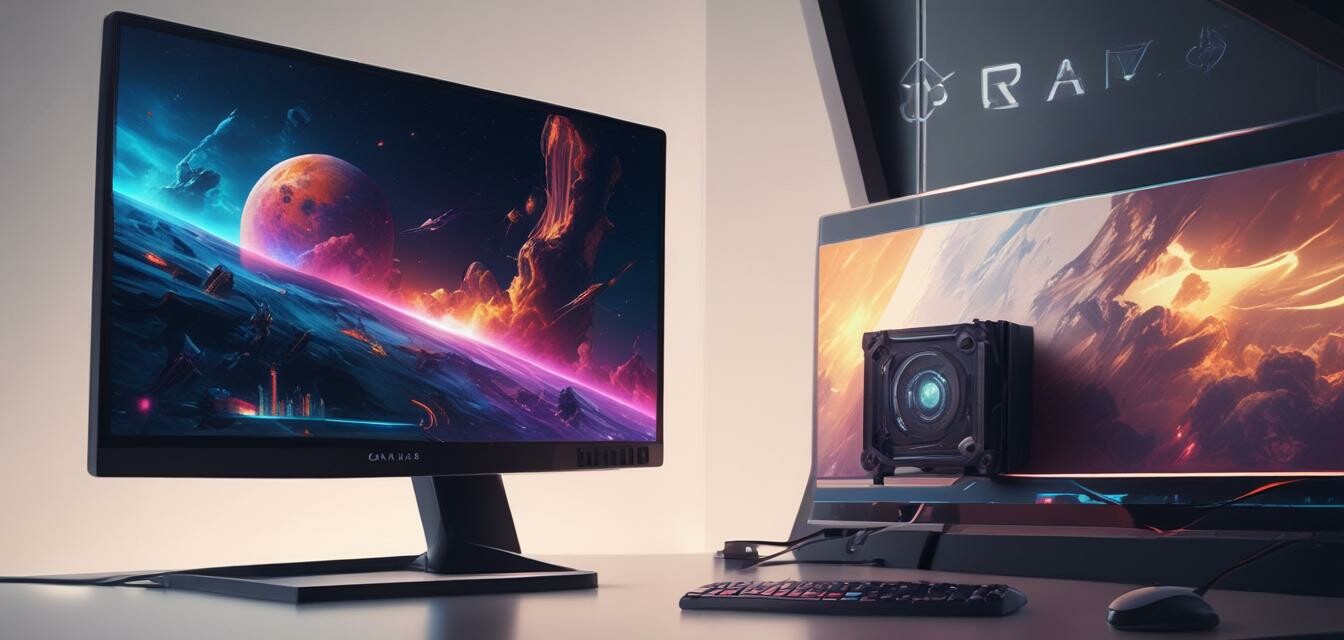
Innovations in OLED Technology for 2025 and Beyond
Key Takeaways
- OLED technology continues to evolve, bringing new standards for visual fidelity.
- Innovations in refresh rates and response times enhance gaming experiences.
- Energy efficiency improvements are making OLED monitors more accessible.
- Integration of AI and machine learning is paving the way for smarter gaming displays.
As we approach 2025, OLED technology is expected to revolutionize the gaming world once again. Gamers are always on the lookout for the next-best-thing when it comes to gaming monitors, and OLED technology promises a wealth of improvements in visual fidelity and immersion. In this article, we will explore key innovations expected to emerge in the OLED gaming monitor space over the coming years.
Understanding OLED Technology
OLED stands for Organic Light Emitting Diode, a display technology that offers advantages over traditional LCDs. Key features include:
- Self-emitting pixels: Each pixel generates its own light, providing deeper blacks and vibrant colors.
- Faster response times: OLED panels often have quicker refresh rates, which are crucial for gaming.
- Wider viewing angles: Enhanced visibility from various angles increases overall usability.
Current Innovations in OLED Technology
Looking ahead, several promising innovations are shaping the space of OLED gaming monitors:
1. Improved Refresh Rates
In 2025, we can expect OLED monitors to offer refresh rates exceeding 240Hz, providing smoother gameplay that is especially favorable in fast-paced games.
2. Enhanced Color Accuracy
With advancements in color calibration technology, future OLED monitors will provide superior color accuracy, ensuring that every detail shines, critical for immersive gaming experiences.
3. Energy Efficiency
Innovations focusing on energy efficiency will result in lower power consumption without sacrificing performance. This will make OLED monitors more sustainable and cost-effective over time.
4. Integration of AI Technologies
Artificial Intelligence will play a key role in how gaming monitors adapt to user preferences. AI-driven settings could automate adjustments for optimum personal settings based on gameplay.
Comparative Analysis of OLED vs. Other Technologies
| Feature | OLED | LCD |
|---|---|---|
| Black Levels | True blacks (self-emissive) | Grayish blacks due to backlighting |
| Response Time | 1ms or less | 5ms or more |
| Brightness | Up to 1000 nits | Over 3000 nits possible |
| Color Range | Wide Color Gamut | Narrower compared to OLED |
Future Trends in Gaming Monitors
The gaming monitor landscape will continue to shift as the demand for higher performance and visually stunning experiences grows. Emerging trends include:
- Adaptive Refresh Technology: Similar to G-Sync and FreeSync, future monitors will likely feature more advanced adaptive technology for enhanced consistency.
- Curved Displays: Curved OLED monitors are expected to become increasingly popular, enhancing the immersive experience with wraparound visuals.
- Portable OLED Monitors: Portable and lightweight monitors will become essential as gaming on-the-go continues to rise.
Pros
- Vivid colors and contrast ratios enhance gaming immersion.
- Quick response times improve performance in competitive gaming.
- New technology around AI enhances user experience.
Cons
- Potential price increases for advanced technologies.
- Burn-in risks can still be a concern for long-term use.
- Availability may be limited for new models.
Conclusion
The future of OLED technology is undoubtedly bright, with several innovations on the horizon that will redefine gaming experiences. As we navigate through 2025 and beyond, gamers can anticipate innovations that will enhance visual fidelity, usability, and immersion. If you want to learn more about different types of 4K OLED gaming monitors, check out our detailed guides for insights on various product categories such as budget-friendly options and curved displays.